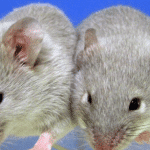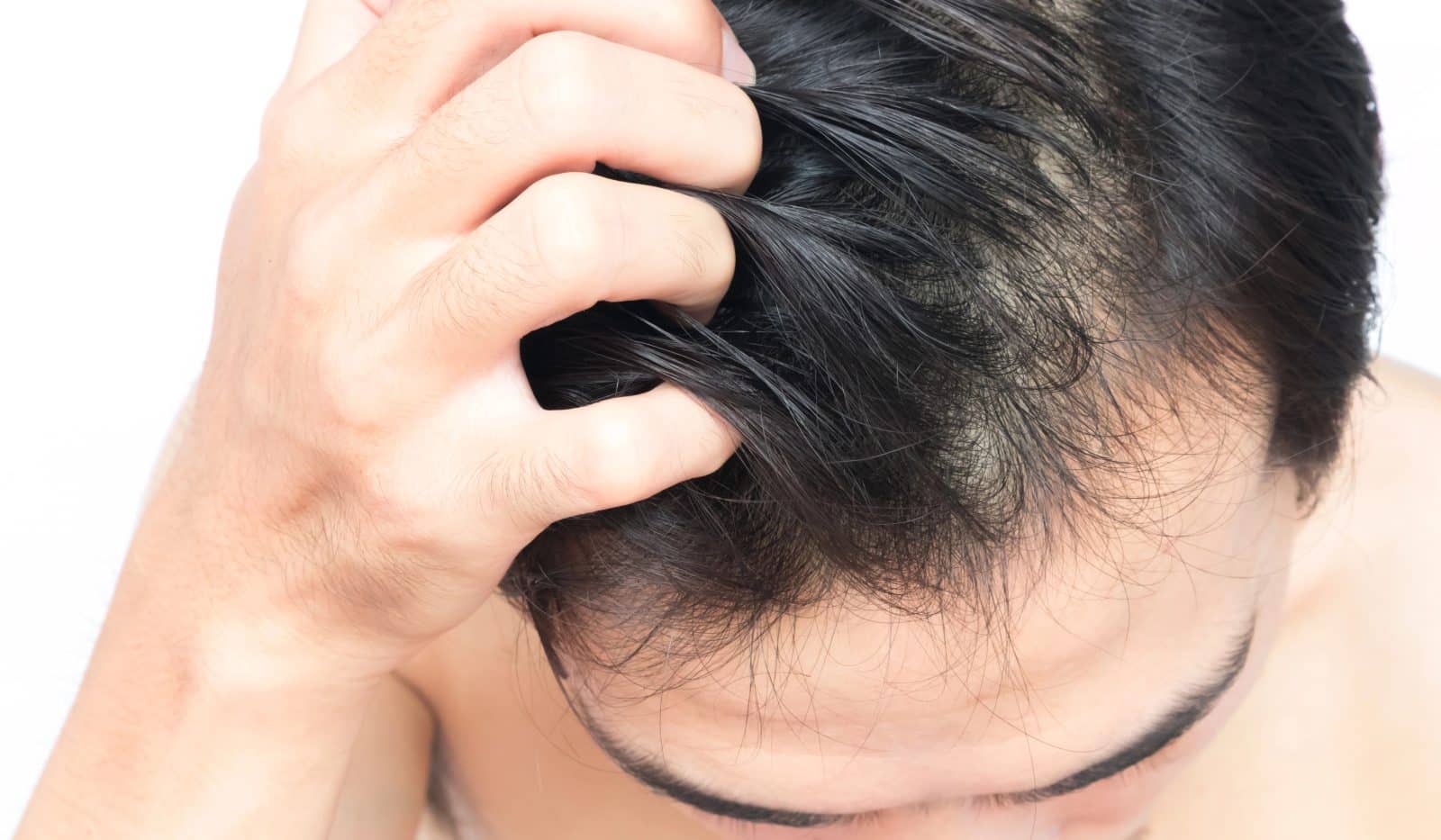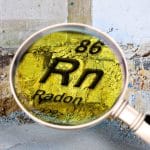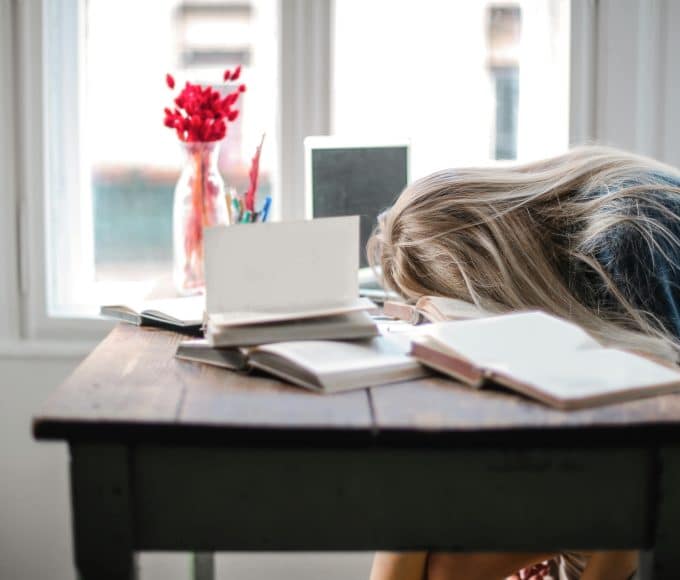Noticed your hairline retreating earlier than expected? Male pattern baldness in your 20s might seem unfair, but you’re not alone, and you’re definitely not powerless.
This guide is here to help you understand what’s happening, why it’s happening, and—most importantly—what you can do about it.
From science-backed treatments to practical lifestyle changes, let’s tackle this head-on (pun intended).
Why It’s Happening: The Science Behind Balding
Genetics Are to Blame
The biggest reason? Genetics. Male pattern baldness, or androgenetic alopecia, is hereditary. If your dad or grandpa lost their hair early, you might inherit the AR gene, which increases sensitivity to dihydrotestosterone (DHT)—a byproduct of testosterone. DHT binds to hair follicles, causing them to shrink and stop producing hair over time.
Hormonal Imbalances
Elevated DHT levels are the main driver of male pattern baldness. Add stress hormones like cortisol into the mix, and your hair growth cycle may start to suffer.
Lifestyle Choices Add Up
Poor diet, lack of sleep, and stress can accelerate hair loss. Smoking and excessive alcohol don’t help either, as they can reduce blood flow to hair follicles and weaken their structure.
Environmental Factors
While not the primary cause, pollution and exposure to harsh chemicals can add extra stress to your scalp and hair follicles, making the situation worse.
What You Can Do: Proven Treatments
Minoxidil (Rogaine)
An FDA-approved topical solution that prolongs the hair growth phase. Apply it consistently for 3–6 months to see visible results. Be patient; initial shedding is normal as weaker hairs make way for stronger growth.
Finasteride (Propecia)
This prescription pill reduces DHT production, slowing hair loss in most users. Studies show it’s effective in about 85% of cases, with some men experiencing regrowth. While rare, potential side effects include reduced libido, so consult a doctor before starting.
Ketoconazole Shampoo
Originally an antifungal treatment, this shampoo helps reduce scalp inflammation and DHT buildup. It’s a simple addition to your hair care routine.
PRP (Platelet-Rich Plasma) Therapy
This involves injecting platelet-rich plasma from your blood into your scalp to stimulate hair growth. Though pricey, it’s shown promising results for many.
Hair Transplants
Modern techniques like Follicular Unit Extraction (FUE) offer natural-looking results with minimal downtime.
Lifestyle Changes That Help
Scalp Massages
Massage your scalp daily with oils like rosemary or coconut oil. Studies suggest rosemary oil may block DHT, acting as a natural alternative to medications.
Improve Your Diet
Include protein-rich foods (eggs, fish, beans) to support keratin production. Add omega-3 fatty acids (found in walnuts and salmon) and antioxidants (berries, spinach) to reduce inflammation and boost scalp health.
Reduce Stress
Chronic stress affects hair growth cycles. Regular exercise, meditation, and prioritizing sleep can help.
Green Tea Rinse
Packed with EGCG, green tea supports hair follicle health. Use it as a rinse a few times a week.
The Bottom Line
Male pattern baldness in your 20s isn’t the end of your hair journey. By understanding the causes and taking proactive steps, you can slow down or even reverse hair loss.
Whether it’s starting a regimen with minoxidil, exploring PRP therapy, or improving your diet, the key is acting early.
For best results, consult a dermatologist or trichologist to find a plan tailored to your needs. Your future self—and your hairline—will thank you for taking charge today.
Recommended – Picking out some styles for your hair














